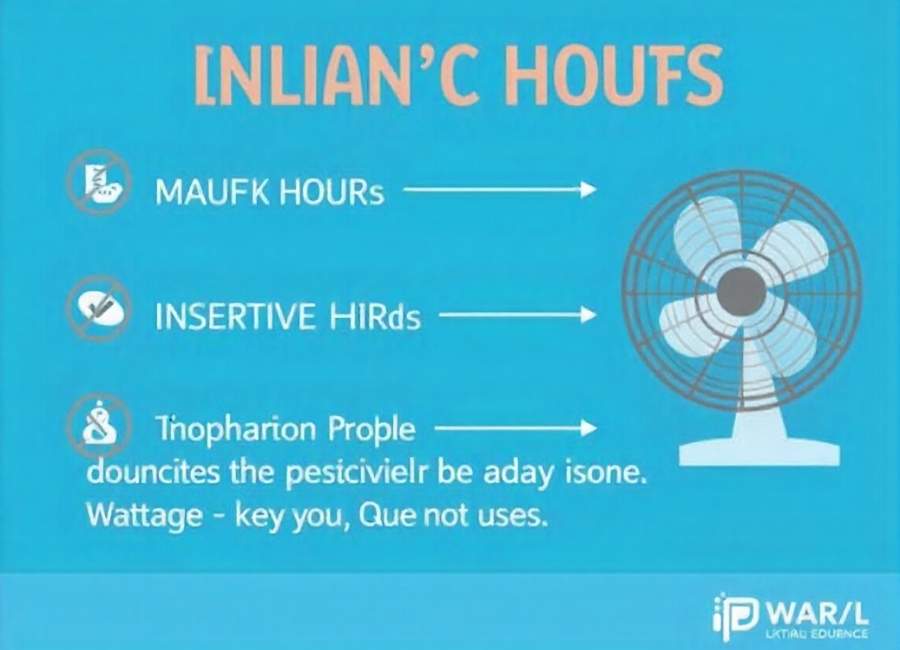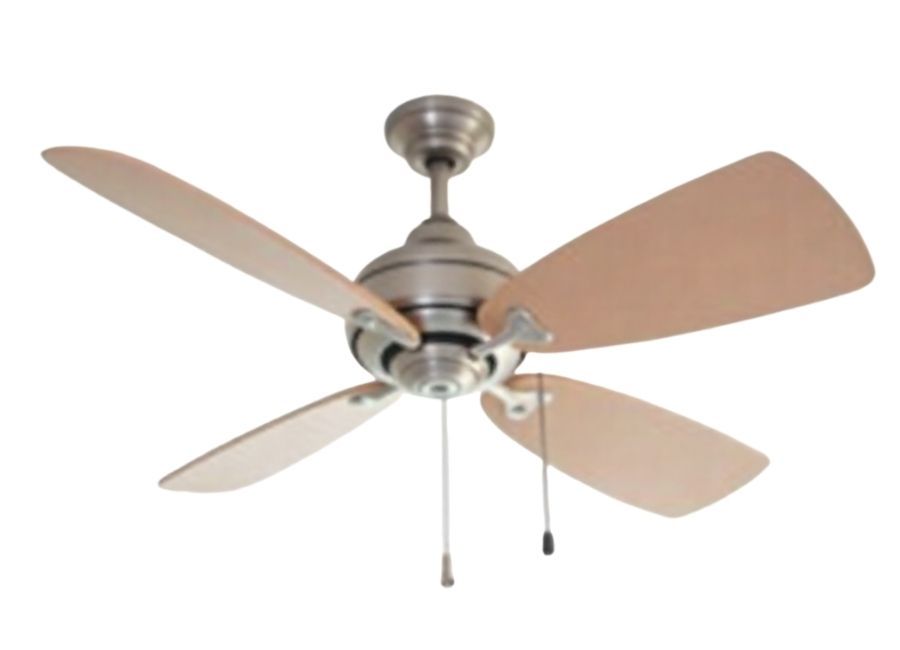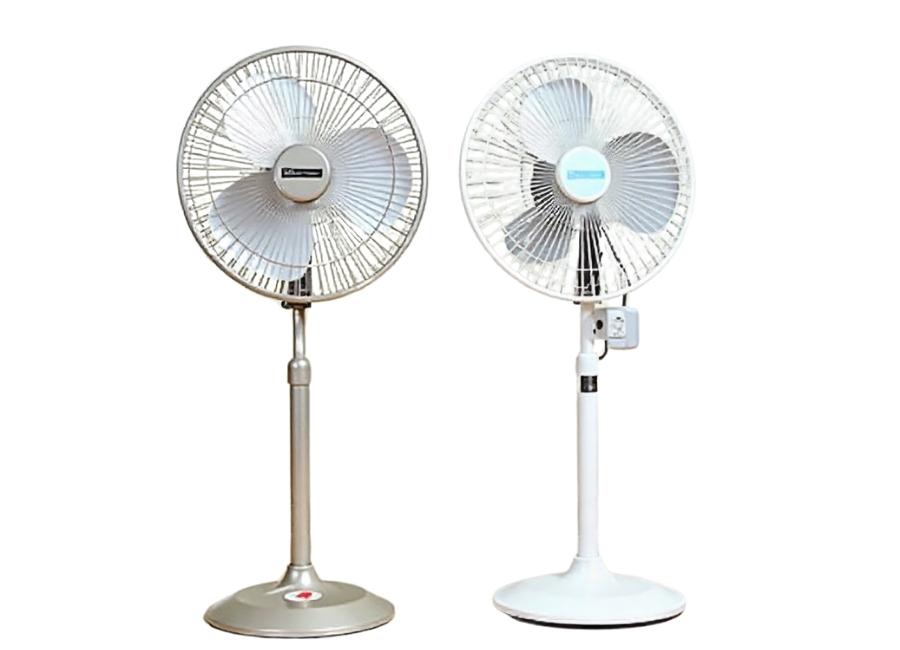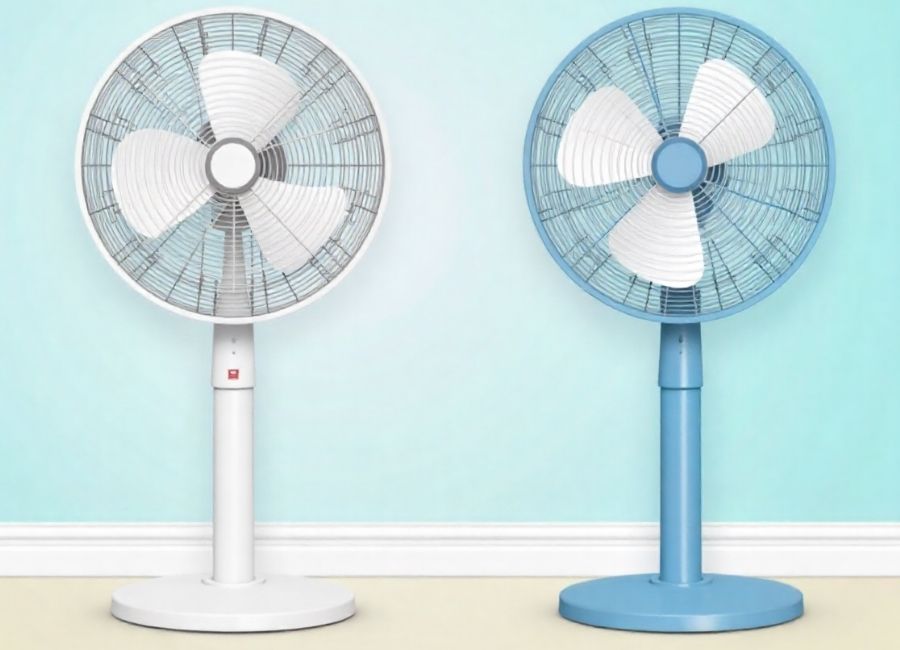When the weather heats up, a fan can be an energy-efficient way to stay cool. But just how much electricity does a fan use? Understanding the wattage of your fan can help you manage your energy consumption and keep your electricity bills in check.
This guide will break down how many watts different types of fans typically use. We’ll explore the factors that influence a fan’s energy consumption and provide tips on how to use your fan more efficiently. By the end, you’ll have a clearer picture of your fan’s impact on your energy usage and your wallet.
What is a Watt?

Before we look at fan energy usage, let’s quickly define what a watt is. A watt (W) is a unit of power that measures the rate of energy transfer. In simple terms, it tells you how much energy an appliance needs to function at any given moment.
Your electricity bill is usually calculated in kilowatt-hours (kWh). A kilowatt is equal to 1,000 watts. A kilowatt-hour is the energy consumed by using a 1,000-watt appliance for one hour. To figure out the kWh of an appliance, you multiply its wattage by the number of hours you use it, and then divide by 1,000.
Formula: (Wattage × Hours of Use) / 1,000 = kWh
Knowing this will help you estimate how much it costs to run your fan.
How Many Watts Does a Fan Use?
The wattage of a fan varies significantly depending on its type, size, and speed setting. A small personal fan will use far less energy than a large industrial fan. Here’s a general breakdown of the wattage for common types of household fans.
| Fan Type | Wattage Range (on High) | Average Wattage |
| Ceiling Fan | 15 – 100 watts | 60 watts |
| Box Fan | 50 – 100 watts | 75 watts |
| Tower Fan | 30 – 90 watts | 60 watts |
| Pedestal Fan | 40 – 75 watts | 55 watts |
| Window Fan | 35 – 100 watts | 65 watts |
| Table/Desk Fan | 10 – 30 watts | 20 watts |
Let’s look at each type in more detail.

Ceiling Fans
Ceiling fans are one of the most common types of fans and are generally quite energy-efficient. A modern, ENERGY STAR-certified ceiling fan might use as little as 15-20 watts on its highest setting, while older or larger models could use up to 100 watts. (ENERGY STAR Certified Ceiling Fans, n.d.) On average, you can expect a standard ceiling fan to use around 60 watts on high. (Do Ceiling Fans Use A Lot Of Electricity? A Guide, n.d.)
Box Fans
Box fans are simple, portable, and effective at moving a large volume of air. They typically have a higher wattage than ceiling fans. A standard 20-inch box fan usually consumes between 50 and 100 watts on its highest setting. (How Many Watts Does a Box Fan Use and What Affects Its Energy Consumption?, n.d.)
Tower Fans
Tower fans are popular for their slim design and oscillating features. Their energy consumption is generally moderate, ranging from 30 to 90 watts. (How Much Electricity Does a Fan Actually Use?, n.d.) The wide range is due to variations in size, power, and additional features like ionizers or air purifiers.

Pedestal Fans
Pedestal fans, also known as stand fans, are adjustable in height and provide targeted cooling. They are relatively efficient, typically using between 40 and 75 watts on their highest speed. (How Much Electricity Does A Fan Use? Complete 2025 Guide, 2025)
Window Fans
Window fans are designed to fit into a window frame to either pull cool air in from outside or exhaust hot air from a room. A typical window fan can use anywhere from 35 to 100 watts, depending on its size and power. (How Many Watts Does a Fan Use?, 2024)
Desk and Table Fans
These small, personal fans are designed to cool a small area, like a desk or bedside table. They are the most energy-efficient of the bunch, usually consuming only 10 to 30 watts. (How Much Electricity Does a Fan Use?, n.d.)
What Factors Affect a Fan’s Wattage?
Several factors determine how much electricity a fan consumes.
- Size and Type: As shown above, larger fans with more powerful motors, like box fans or industrial fans, will naturally require more watts to operate than smaller personal fans.
- Speed Setting: A fan uses more energy on higher speed settings. Running your fan on a low setting can significantly reduce its wattage. For example, a fan that uses 60 watts on high might only use 20-30 watts on low.
- Age and Condition: Older fans are often less energy-efficient than modern ones. Over time, dust buildup and wear and tear on the motor can cause a fan to work harder and use more electricity.
- ENERGY STAR Certification: Fans that have earned the ENERGY STAR label are certified to be more energy-efficient than standard models. (Ventilation Fans | ENERGY STAR, n.d.) Choosing an ENERGY STAR-certified fan can lead to long-term savings on your electricity bill.
Keep Cool and Save Energy
Understanding your fan’s wattage is the first step toward managing your home’s energy consumption. While fans are generally a cost-effective way to stay cool, especially compared to air conditioning, there are always ways to optimize their use. By choosing the right type of fan for your needs and using it wisely, you can enjoy a comfortable environment without a surprisingly high electricity bill.











